#Chapel of the Pantheon of Sobrellano
Explore tagged Tumblr posts
Photo

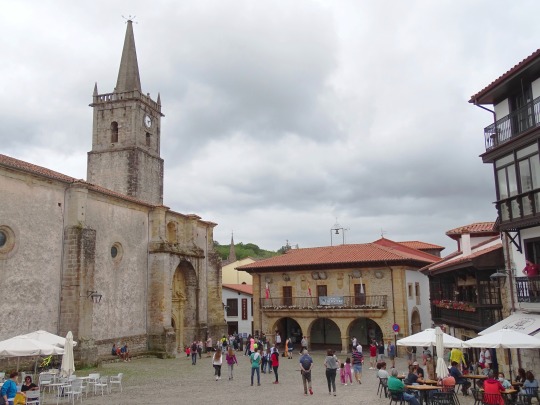
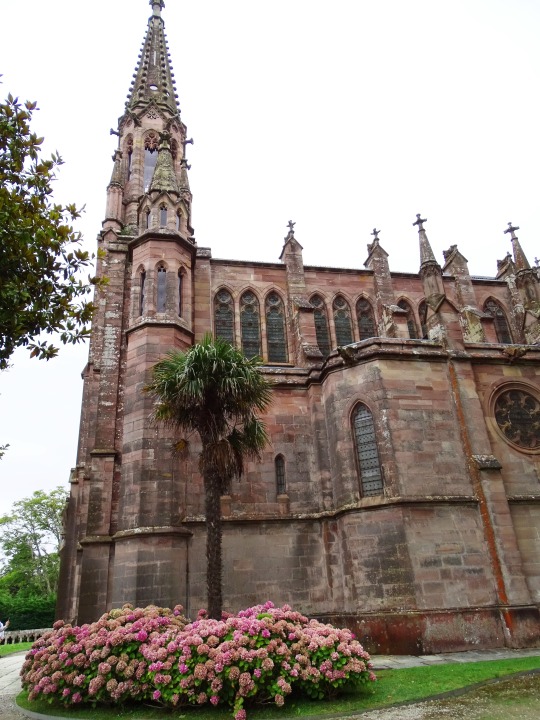



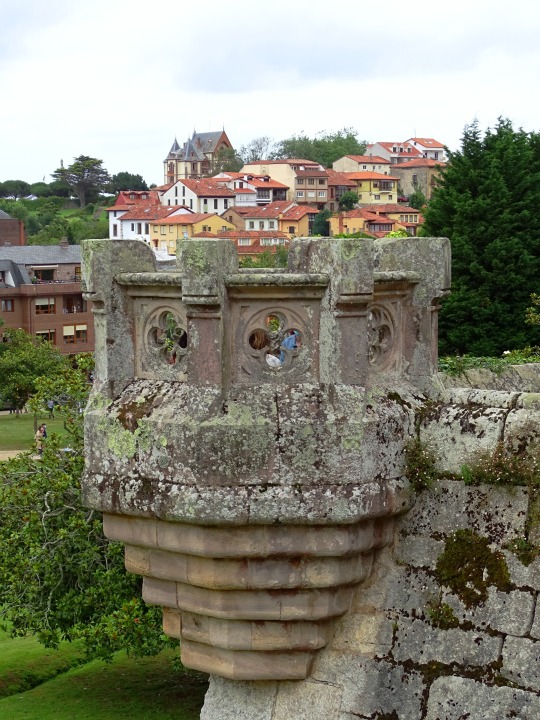



Comillas was the capital of Spain for one day on August 6, 1881.
#Chapel of the Pantheon of Sobrellano#Palacio de Sobrellano#Iglesia de San Cristóbal#Pontifical University of Comillas#Cantabria#Comillas#San Vicente de la Barquera#capital of Spain#one day#6 August 1881#travel#Spanish history#anniversary#original photography#old town#pedestrian zone#tourist attraction#landmark#small town#summer 2021#Northern Spain#Southern Europe#España#Spain
41 notes
·
View notes
Text
Born in Catalonia, Spain on June 25, 1852, Antonio Gaudí became known for the unusual modernist style of his buildings. As a youth, he became quite interested in the utopia of socialist ideas and at some point entertained the idea with two of his friends to remodel the Poblet Monastery into a commune where a group of people would be living together, free of external regulations and holding all property in common. An entirely new and experimental type of life proposed by Charles Fournier (interesting snippet here: an influential socialist thinker and one of the founders of utopian socialism, he is credited with having given origin to the word “Feminism” in 1837)
He graduated from Barcelona Higher School of Architecture in 1878, with a degree in architecture. While a student, he received his first significant commission “the Casa Vicens” which established him as a reputable architect (not yet graduated though) in Barcelona. He eventually caught the attention of (Eusebi Güell, for whom he designed the furniture of the pantheon chapel of the Palacio de Sobrellano in Comillas. He would commission Gaudí for no fewer than five major projects over the next 35 years. Check out the “Parque Guell” in Barcelona. A utopian view of a possible way of life. No less than stunning.
This slideshow requires JavaScript.
In 1883, he began his work on ”La Sagrada Familia” in Barcelona which was to become the crown of his work. It is simply magnificent. Strange and different and simply brilliant in concept. Unfinished to this day, the construction relied solely on private donations and progressed slowly and was interrupted by the Spanish Civil War. Computer Assisted Design and CNC have enabled faster progress, and it is projected to be finished by the year 2016, one hundred years after Gaudí’s death. The construction of the ten remaining spires remains a challenge. It remains a construction unique in the history of art.
To see is to understand and I can but encourage you to discover more. Because there is more. Each one is more impressive than the previous one.
To know more:
https://everything-everywhere.com/unesco-world-heritage-site-146-poblet-monastery/
http://www.newworldencyclopedia.org/entry/Charles_Fourier
https://www.inspirock.com/spain/comillas/palacio-de-sobrellano-a985166969
https://www.parkguell.cat/en/
Watch ”The unfinished vision” https://www.youtube.com/watch?v=1Lt7PF3Z5Og
All images are Courtesy of Wikicommons Free Use
Gaudí or the Art of Catalan Modernism Born in Catalonia, Spain on June 25, 1852, Antonio Gaudí became known for the unusual modernist style of his buildings.
0 notes
Photo
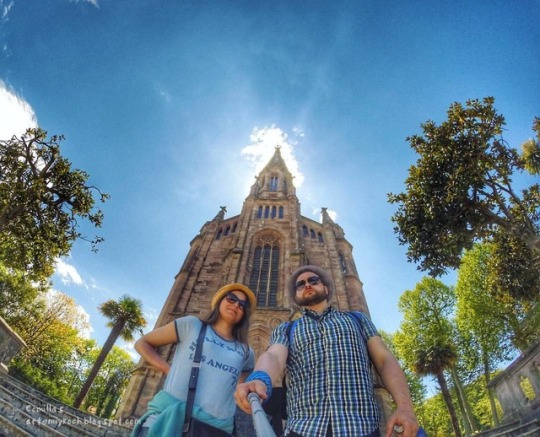
⛪ Similar in style to the #PalacioDeSobrellano is the chapel-pantheon. ……………… © http://artemiykoch.blogspot.com/ ……………… #NeoGothic #Chapel #Архитектура #Building #Здание #Gebäude #Architecture #Architektur #Church #Comillas #Комильяс #Cantabria #Кантабрия #Kantabrien #GolfVonBiscaya #GobiernoDeCantabria #GreenSpain #NorthernSpain #NordenSpaniens #Spain #Испания #Spanien #España #Hispanio #西班牙 #Wanderlust #LoveToTravel (at Palacio de Sobrellano)
#kantabrien#architektur#neogothic#españa#chapel#кантабрия#hispanio#northernspain#wanderlust#lovetotravel#architecture#building#архитектура#комильяс#palaciodesobrellano#golfvonbiscaya#испания#church#spain#nordenspaniens#greenspain#gobiernodecantabria#spanien#gebäude#comillas#西班牙#cantabria#здание
0 notes
Video
youtube
Places to see in ( Comillas - Spain ) Comillas is a small township and municipality in the northern reaches of Spain, in the autonomous community of Cantabria. The Marquisate of Comillas, a fiefdom of Spanish nobility, holds ceremonial office in the seat of power at a small castle which overlooks the town. The Comillas Pontifical University was housed here before it moved to Madrid, and the old university buildings are among the finest examples of architecture in Comillas . Besides this, there are many notable medieval and baroque buildings. Comillas is situated close to the coast in the autonomous community of Cantabria. To the north lies the Bay of Biscay and to the south the Cantabrian Mountains which run parallel with the coast, the highest point of which is the Torre de Cerredo, 2,648 metres (8,688 ft). Santander lies fifty kilometres to the east. There is a sandy beach and headlands and the town is set a little way back from the sea. The Plaza del Corro de Campios, in the centre of the oldest part of Comillas , is surrounded by ancestral mansions with shields on the walls depicting the noble families who lived there. Comillas hall and the seventeenth century parish church of San Cristóbal are nearby, and there are some interesting mausoleums in the cemetery. The Neo-Gothic university buildings overlook Comillas. The Art Nouveau buildings are some of the finest in Cantabria and include the Sobrellano Palace Chapel, the Pantheon, and El Capricho, a fantastic creation by the Catalan architect Antoni Gaudí. The first Marquis of Comillas was Antonio López y López (died 1883). Founder and owner of the Compañía Transatlántica . Alot to see in ( Comillas - Spain ) such as : El Capricho Sobrellano Palace Fuente de los Tres Caños Casa del Duque Capilla Panteón de los Marqueses de Comillas Monumento a Antonio López y López. Marqués de Comillas Ermita Monte Corona Monumento al Marqués de Comillas Ayuntamiento antiguo de Comillas Puerta de los Pájaros (o del Moro) Monumento a las Mariscadoras Portalaa Casa Moro Torre de la Vega Parque Guell y Martos Casa del Duque de Almodovar del Rio Palacio de Ocejo Fuente de los Tres Canos Capilla-Panteon Universidad Pontificia Comillas Beach Cementerio de Comillas ( Comillas - Spain ) is well know as a tourist destination because of the variety of places you can enjoy while you are visiting the city of Comillas . Through a series of videos we will try to show you recommended places to visit in Comillas - Spain Join us for more : https://www.youtube.com/channel/UCLP2J3yzHO9rZDyzie5Y5Og http://ift.tt/2drFR54 http://ift.tt/2cZihu3 http://ift.tt/2drG48C https://twitter.com/Placestoseein1 http://ift.tt/2cZizAU http://ift.tt/2duaBPE
0 notes
Text
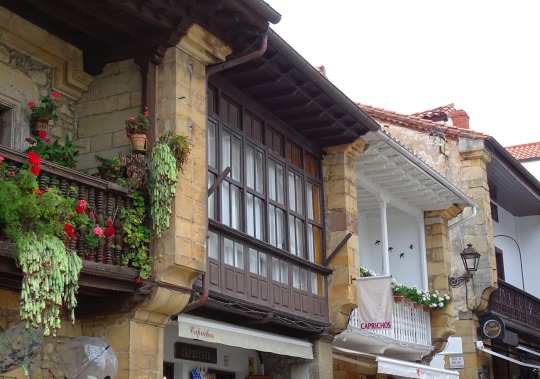




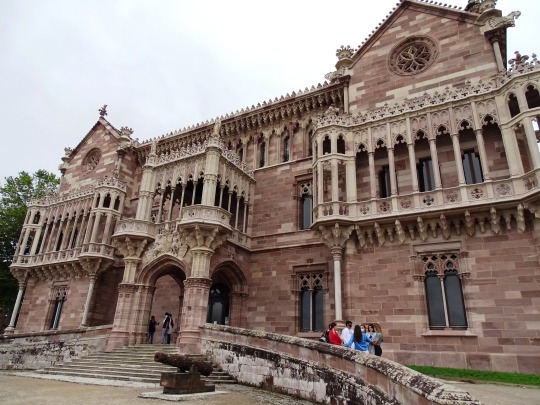
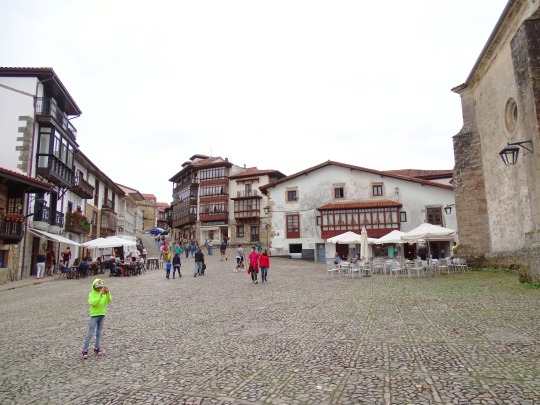
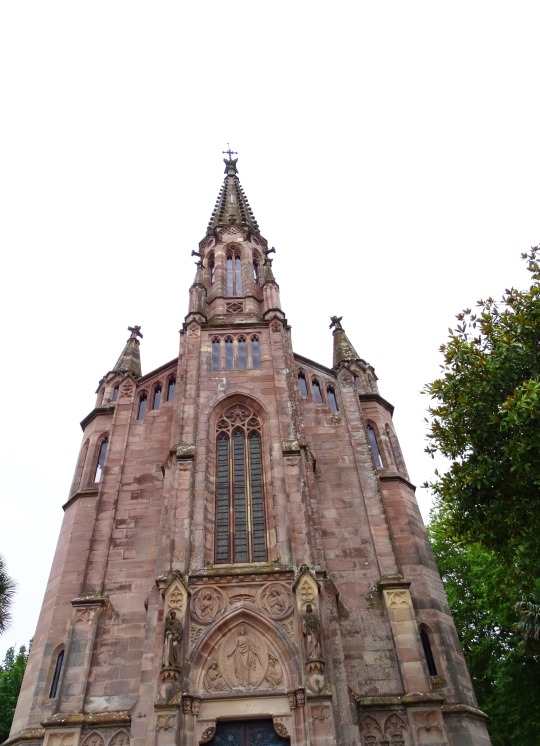



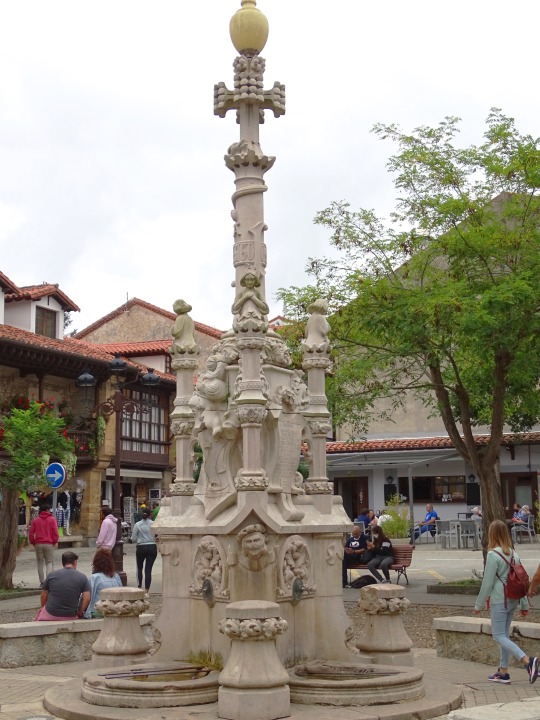
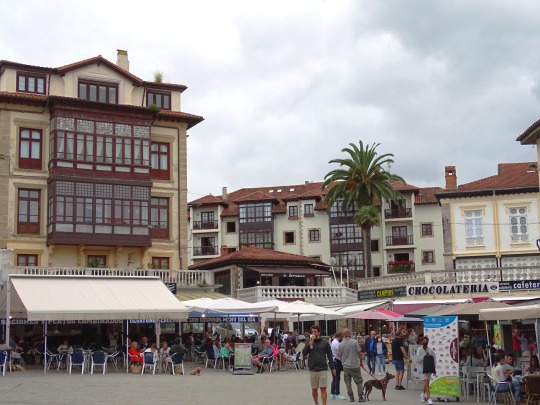

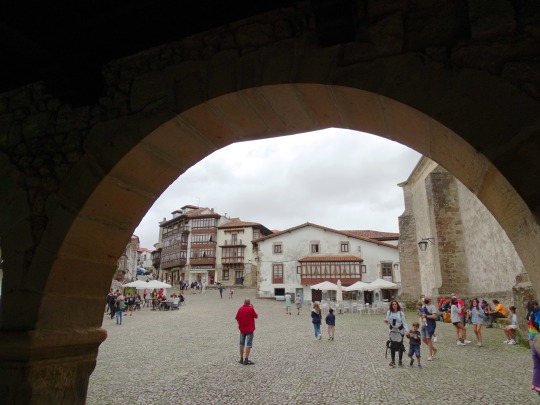




Comillas was the capital of Spain for one day on August 6, 1881.
#Chapel of the Pantheon of Sobrellano#Palacio de Sobrellano#Iglesia de San Cristóbal#Pontifical University of Comillas#Cantabria#Comillas#San Vicente de la Barquera#capital of Spain#one day#6 August 1881#travel#Spanish history#anniversary#original photography#old town#pedestrian zone#tourist attraction#landmark#small town#summer 2021#Northern Spain#Southern Europe#España#Spain#vacation#cityscape#architecture
3 notes
·
View notes
Photo
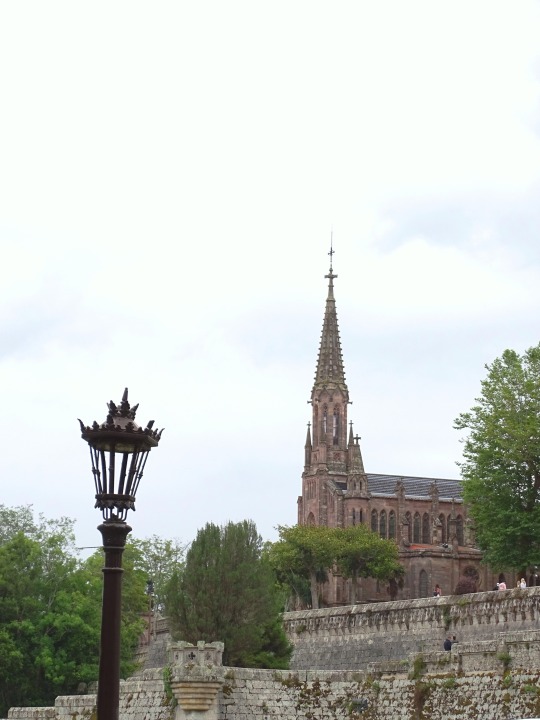
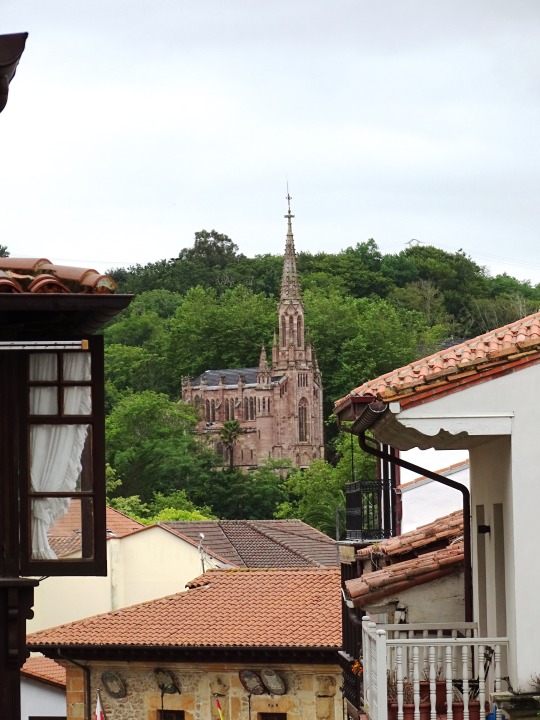
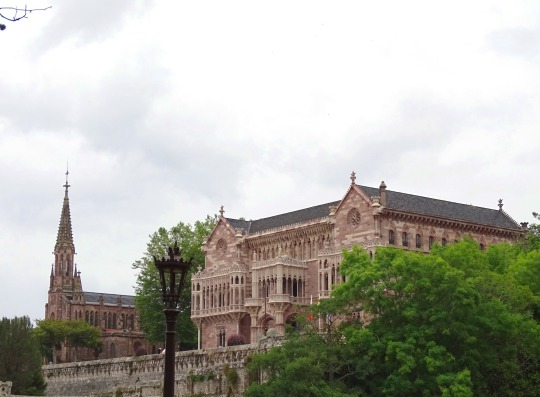



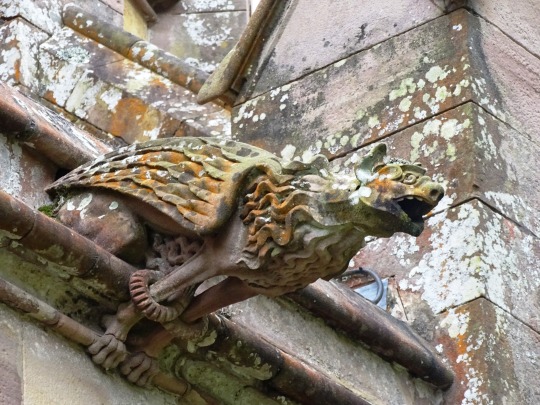


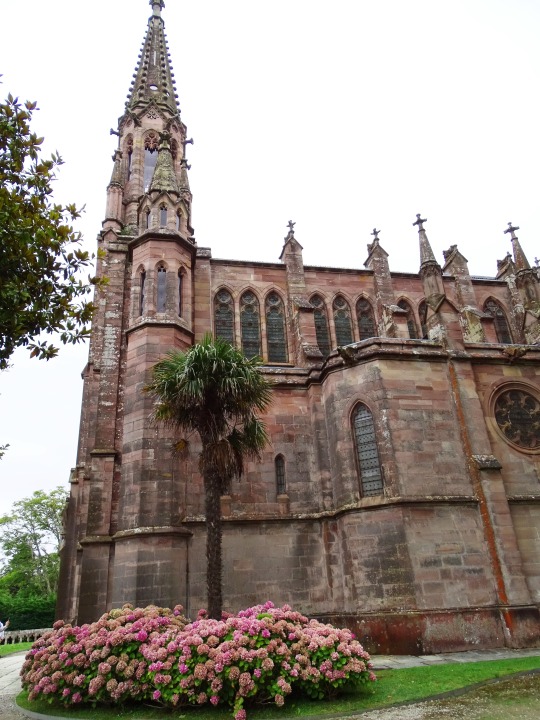
Chapel of the Pantheon of Sobrellano, Comillas (No. 1)
The Chapel-Pantheon was projected as a cathedral on a small scale endowed of ambulatory. It fulfills the function of a familiar mausoleum but also of temple where to celebrate trades in his interior. His construction is previous to the Palace. The project was realized in July of 1878 and the building was dedicated on 28th August of 1881, during the visit of Alfonso XII and the Queen Maria Cristina to the town of Comillas.
The mausoleum placed in the ambulatory, shelters the funeral monuments of the family. The Pantheon dedicated in memory of his brother D. Claudio Lopez y Lopez and his wife Benita Díaz de Quijano show the Jose Llimona’s statues of the “Prayer” and the “Resignation”.
Source
#Chapel of the Pantheon of Sobrellano#Perpendicular Gothic#architecture#old town#Palacio de Sobrellano#Palace of Sobrellano#roof#cityscape#travel#Spain#España#original photography#vacation#summer 2021#Northern Spain#Southern Europe#Cantabria#San Vicente de la Barquera#palm tree#exterior#tourist attraction#landmark#gargoyles
5 notes
·
View notes
Photo










Palace of Sobrellano, Comillas (No. 3)
The town was decorated in its accesses with welcoming arches that represented the different trades of the town. But without a doubt, one of the most spectacular events for that day was the arrangement throughout the town of 30 lanterns that should be illuminated with the arrival of the king. This fact determined that Comillas became the first Spanish town with electric light in its streets (less than a year ago Thomas Alva Edison had invented the incandescent lamp and were brought from his laboratories in Newcastle and Paris, the steam machinery that fed it was brought from Barcelona) and symbolically, capital of Spain for a day. Since Alfonso XII met the Council of Ministers in the Casa Ocejo during that summer in the town.
For this occasion, Alfonso XII was accompanied by his wife María Cristina, his sisters and his daughter. They stayed in the mansion-palace of Ocejo, whose interiors had been transformed to the taste of the time by several Catalan decorators and craftsmen. In the gardens, a smoking kiosk designed by a young Gaudí was installed, whose whereabouts are unknown. And this house was also the scene of the celebration on September 5 of a congress of ministers, for which Comillas had to become for a day the capital of Spain. In addition to the king himself, the then president of the Council, Sagasta and generals Pavia and Martínez Campos attended.
The other two great events in those days were the presentation to the King of the first Spanish ship with a steel hull and the inauguration of the Chapel-Pantheon.
Source: Wikipedia
#Palace of Sobrellano#Parque Municipal de Sobrellano#Palacio de Sobrellano#Chapel of the Pantheon of Sobrellano#neo-Gothic style#Joan Martorell#Spain#Comillas#San Vicente de la Barquera#Northern Spain#Southern Europe#travel#exterior#small town#architecture#cityscape#nature#flora#tree#vacation#summer 2022#original photography#Cantabria#España
5 notes
·
View notes
Photo


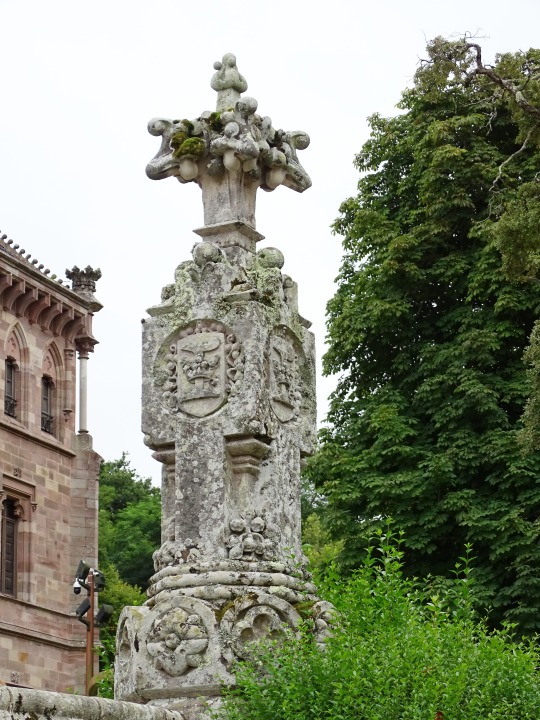
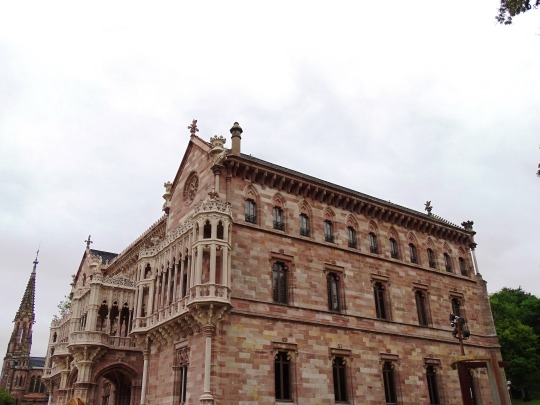






Palace of Sobrellano, Comillas (No. 2)
It was the first building in Spain to use electric light, since the first Marquis ordered it to be installed for one of the visits of Alfonso XII, although it was finally housed in the Casa Ocejo since the installation was not finished on time.12
Works such as this palace, Gaudí's Caprice, the Comillas Kiosk, the Pontifical University or the cemetery with its magnificent sculpture of The Exterminating Angel by Josep Llimona on the ruins of the old Gothic monastery made important Catalan modernist architects and artists of the moment leave their mark on this population.
Currently the palace is owned by the Government of Cantabria and is a museum, although it is also temporarily used as the headquarters of the Comillas Foundation courses until the rehabilitation of the major seminary of the building of the former Pontifical University is completed.
Source: Wikipedia
#Palace of Sobrellano#Municipal de Sobrellano Park#Palacio de Sobrellano#Chapel of the Pantheon of Sobrellano#Parque Municipal de Sobrellano#travel#Joan Martorell#Comillas#San Vicente de la Barquera#Cantabria#vacation#exterior#architecture#cityscape#original photography#summer 2021#landmark#tourist attraction#Northern Spain#España#Southern Europe#Spain
4 notes
·
View notes
Photo

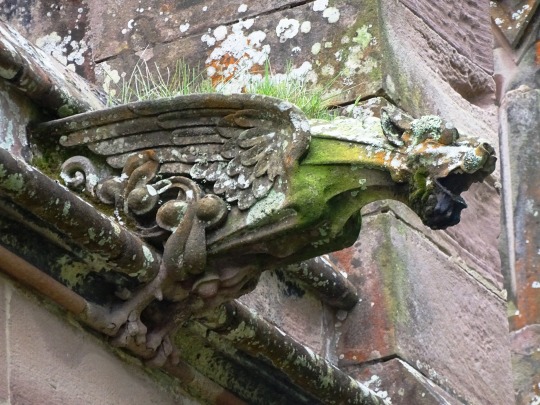



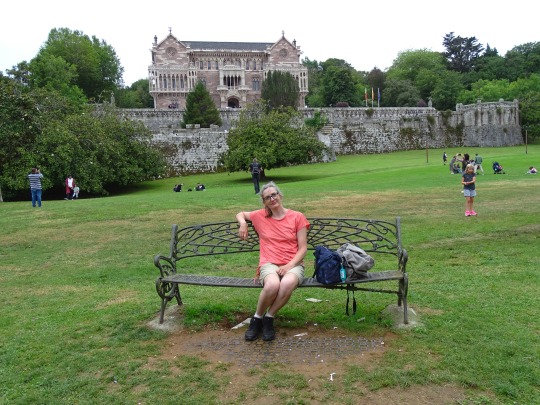
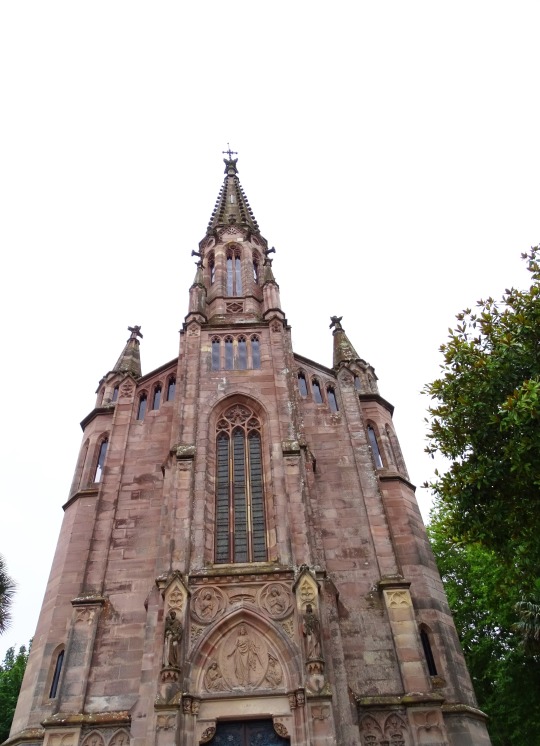
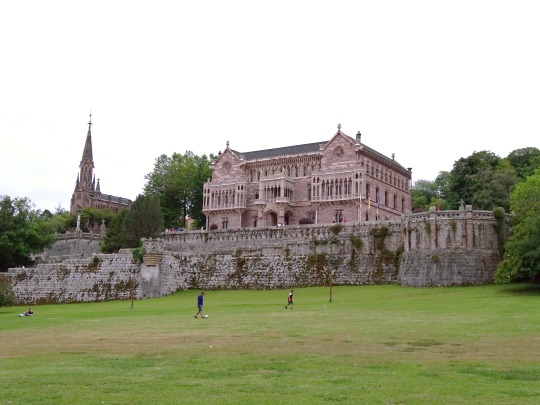
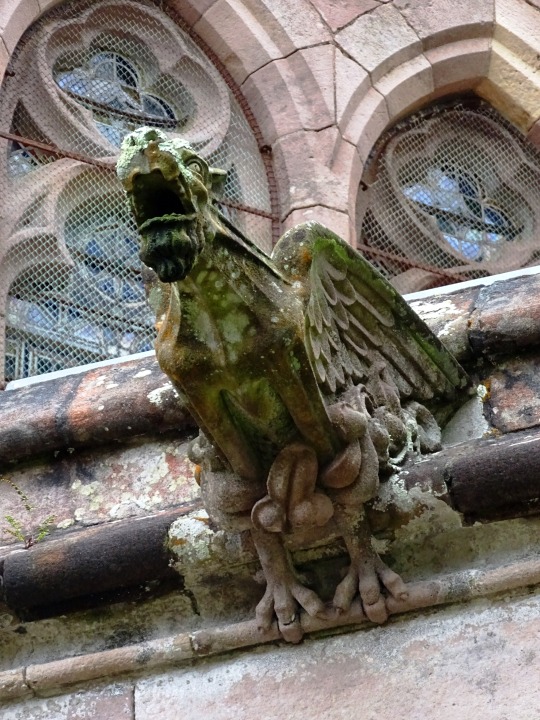

Chapel of the Pantheon of Sobrellano, Comillas (No. 2)
The Pantheon of D. Caludio Lopez Bru, the IInd Marquees de Comillas shows the exceptional reclining Christ of the sculptor Agapito Vallmitjana and the Pantheon of Antonio Lopez Lopez, Ist Marqués of Inverted commas, and his wife Maria Luisa Bru Lassus, shows a Venancio Vallmitjana’s relief, designed by Joan Martorell.
Between the interior ornamentation it emphasizes the altar realized by Francisco Paula Isaura y Fragas’ workshops. The light game provided by the windows polychromes against Eudald Ramon Amigo, stand out on the robust lateral walls of the chapel. The seats, the couches and the banks were designed by Antonio Gaudí.
Source
#Chapel of the Pantheon of Sobrellano#Municipal de Sobrellano Park#España#Parque Municipal de Sobrellano#Palacio de Sobrellano#Palace of Sobrellano#architecture#Joan Martorell#Perpendicular Gothic#exterior#summer 2021#travel#vacation#cityscape#palm tree#tourist attraction#landmark#Spain#Northern Spain#Southern Europe#Cantabria#San Vicente de la Barquera#flora#small town#door#gargoyles
2 notes
·
View notes
Photo



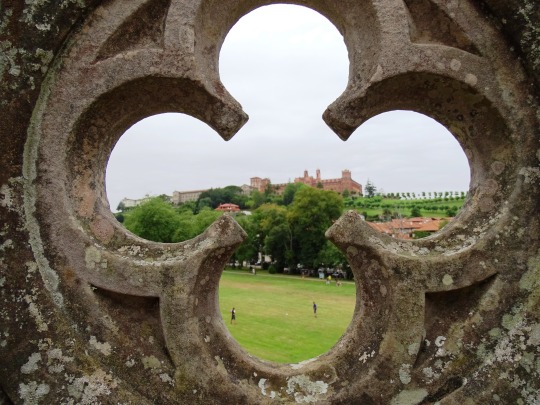






Palace of Sobrellano, Comillas (No. 4)
The king repeated his visit to the village the following year, on July 26, 1882. On this occasion he went alone, although on August 23 he was joined by his mother, Isabel II and the infantas Paz and Eulalia. The arrival of the queen meant for Comillas something similar to what happened the previous year. The reception is repeated with welcome arches, cannons, rockets and ringing of bells, upon arrival in Portillo. Isabel II and her daughters remain in the town until September 27, dedicating their time to baths on the beach (the so-called wave baths), visits to other locations, parties in Coteruca or in the house of Ocejo and even pilgrimages, such as the one celebrated on August 24 at the Veronica Cross. But one of the most special events was the celebration in the City Hall of various conferences with theoretical and experimental sessions on the applications of electricity, carried out by the best specialists of the time.
These royal visits will act as a magnet for wealthy bourgeois and aristocrats in their eagerness to be close to the court and will also be one of the triggers of the great transformation that will suffer a people, until then unknown to most of Spain, and that happens to become the place of rehearsal of Modernism, (with Antoni Gaudí and El Capricho or the University). The first golf course in Spain and the first telephone in Cantabria were also created.
The royal visits to the town will later happen with Alfonso XIII, who although he had fixed his summer residence in the Palace of La Magdalena, in Santander, frequented Comillas several summers.
Source: Wikipedia
#Chapel of the Pantheon of Sobrellano#Palace of Sobrellano#Palacio de Sobrellano#España#Comillas#Cantabria#architecture#Spain#Joan Martorell#neo-Gothic style#tree#flora#lawn#nature#landmark#cityscape#small town#Northern Spain#Southern Europe#summer 2021#original photography#exterior#tourist attraction#detail#San Vicente de la Barquera
3 notes
·
View notes
Photo
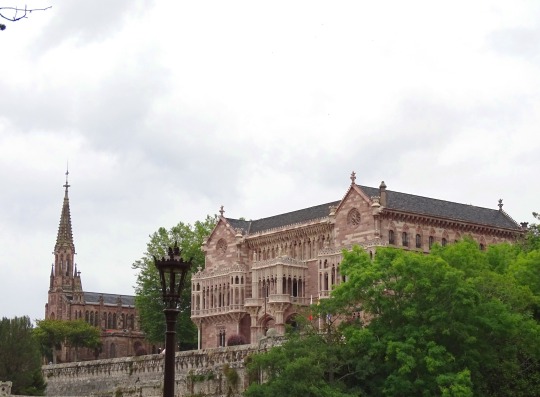





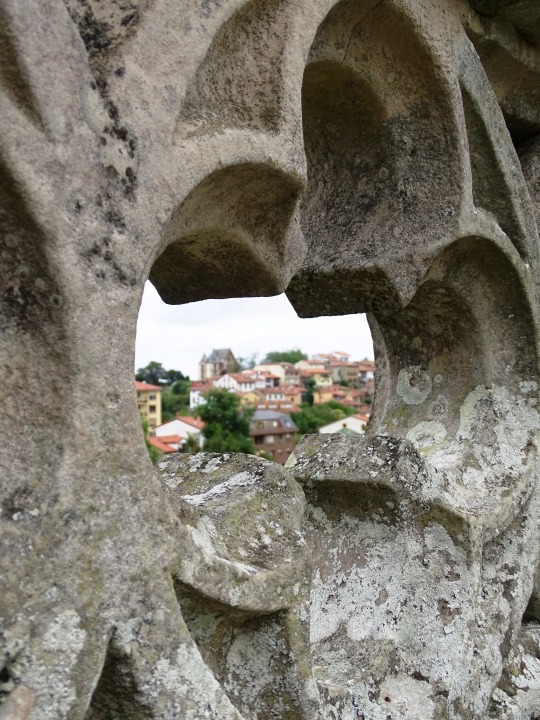

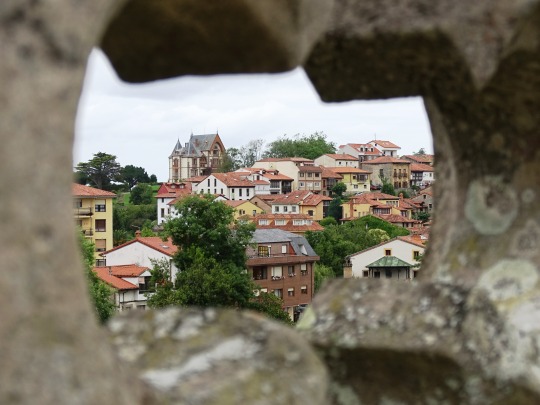
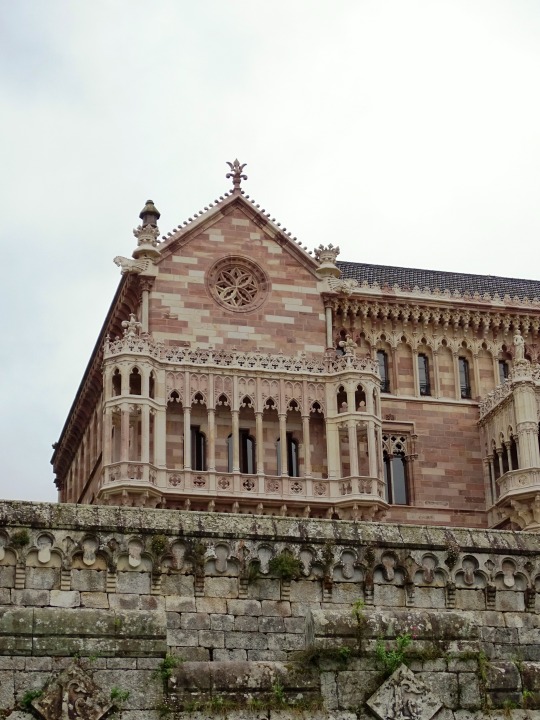
Palace of Sobrellano, Comillas (No. 1)
The palace of Sobrellano, also known as the palace of the Marquis of Comillas, located in the town of Comillas (Cantabria, Spain) was the work of the Catalan architect Joan Martorell who built it on behalf of the first Marquis of Comillas, Antonio López y López, finishing the works in 1888. This grandiose neo-Gothic building is rectangular and has furniture by Antoni Gaudí and paintings by Eduardo Llorens. Outside there are sculptures by Joan Roig.
Next to the palace is a beautiful chapel-pantheon of English and Central European perpendicular Gothic court with furniture by Gaudí and modernist sculptures by Joan Roig, Josep Llimona, Venancio Vallmitjana and Agapito Vallmitjana.
Source: Wikipedia
#Palace of Sobrellano#Palacio de Sobrellano#Municipal de Sobrellano Park#Chapel of the Pantheon of Sobrellano#architecture#cityscape#tourist attraction#exterior#original photography#summer 2021#landmark#view#roof#vacation#travel#Cantabria#Comillas#San Vicente de la Barquera#Spain#Northern Spain#España#Southern Europe
2 notes
·
View notes
Photo





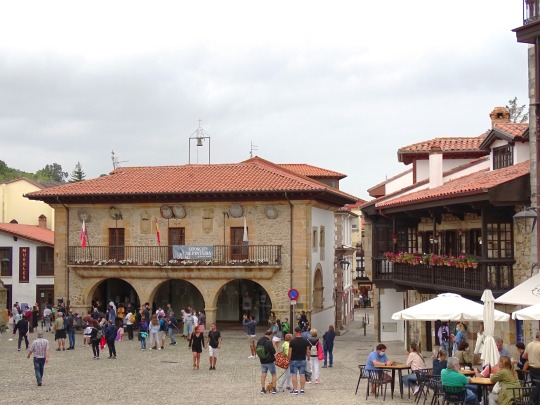
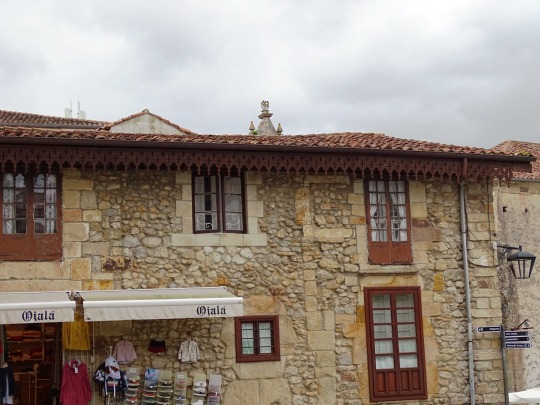


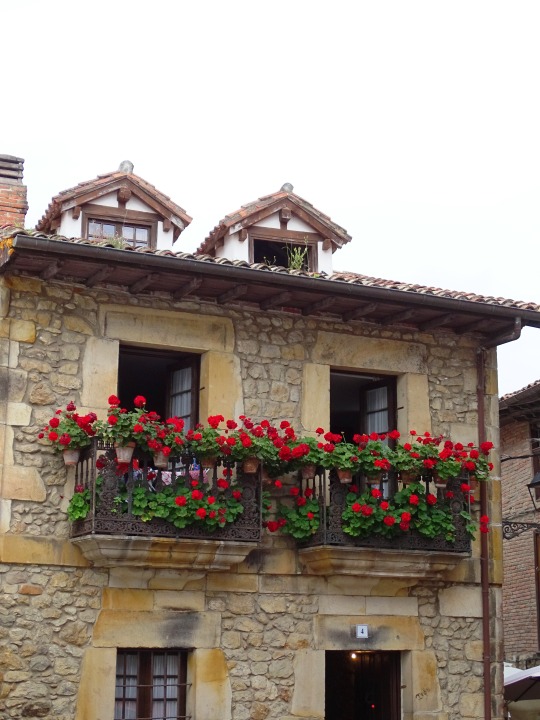
Comillas, Spain (No. 6)
The oldest documents relating to Comillas date from the eleventh century, although most of them were lost after a fire in the Town Hall. Its history was documented in the year 1088, when its population formed people of behetría, who played the condition of free men who enjoyed the faculty of choosing lord whom they wanted without any other restriction than to do it among the descendants of a certain lineage, linked to the House of the Vega.
In 1492, when Leonor de la Vega died in Valladolid, Íñigo López de Mendoza, obtained in 1444 from King Juan II of Castile the title of Marquis of Santillana. Three years later that monarch also assigned the localities of his jurisdiction, among which was the town of Comillas
Garcilaso I de la Vega built in the early fourteenth century a tower (known in the town as El Torreón) next to the surgidero of Comillas, to dispute San Vicente de la Barquera maritime domain in that sector of the coast. After the Lawsuit of the Valleys, the town became part of the realenga Province of Nine Valleys. Historically this municipality was one of the four that made up the Alfoz de Lloredo, which in turn was one of the famous nine valleys that sued against the marquises of Santillana in defense of their status as royalty.
Apart from the lineage of the Vega in the town of Comillas, a parish church was built, which seems to have belonged to a Byzantine-style temple completed in the eleventh and twelfth centuries, but later the Christians in the ruins of this church will build another medieval Gothic parish church in the fifteenth century (currently it is where the cemetery of Comillas is located that in the nineteenth century). It changed completely after the modernist artists, leaving also the medieval ruins).
Source: Wikipedia
#Church of San Cristobal#Chapel of the Pantheon of Sobrellano#old town hall#Plaza de la Constitución#Cantabria#San Vicente de la Barquera#architecture#old town#tourist attraction#landmark#Northern Spain#Southern Europe#Spain#España#roof#woods#original photography#summer 2021#flora#detail#flower#Comillas
1 note
·
View note
Photo



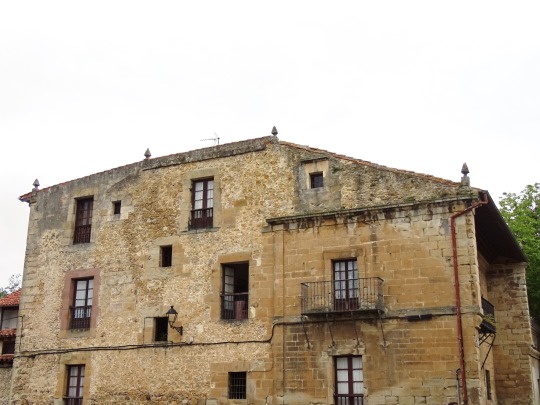



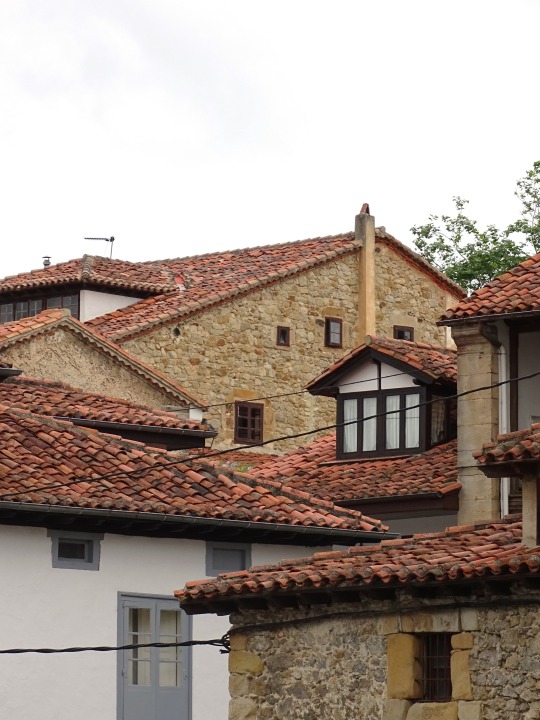
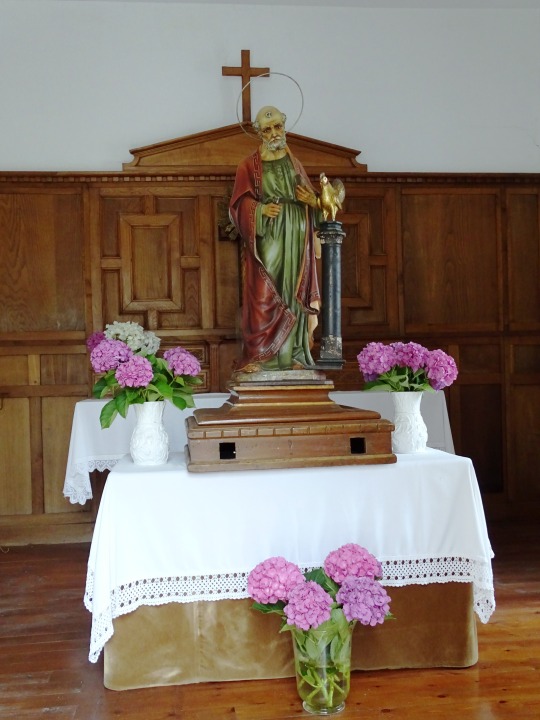

Comillas, Spain (No. 5)
The Plaza del Corro de Campios, in the centre of the oldest part of the town, is surrounded by ancestral mansions with shields on the walls depicting the noble families who lived there. The town hall and the seventeenth century parish church of San Cristóbal are nearby, and there are some interesting mausoleums in the cemetery. The Neo-Gothic university buildings overlook the town. The Art Nouveau buildings are some of the finest in Cantabria and include the Sobrellano Palace Chapel, the Pantheon, and El Capricho, a fantastic creation by the Catalan architect Antoni Gaudí.
Source: Wikipedia
#Chapel of the Pantheon of Sobrellano#Palacio de Sobrellano#St. Peter#travel#Comillas#Cantabria#San Vicente de la Barquera#Spain#España#vacation#architecture#old town#tourist attraction#landmark#summer 2021#cityscape#roof#Northern Spain#Southern Europe#original photography#overgrown façade
1 note
·
View note
Photo

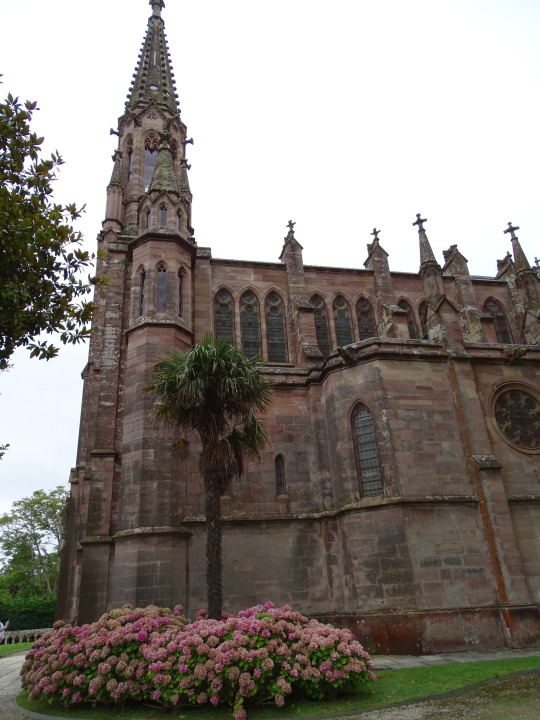



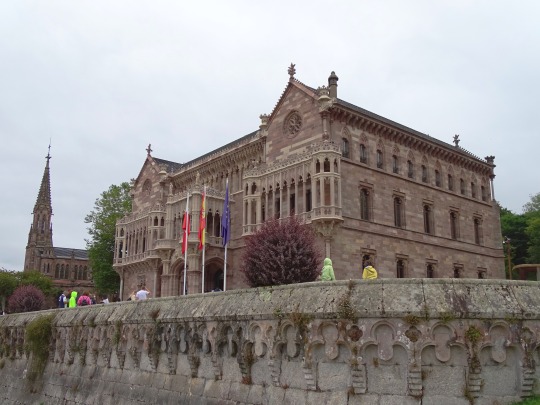



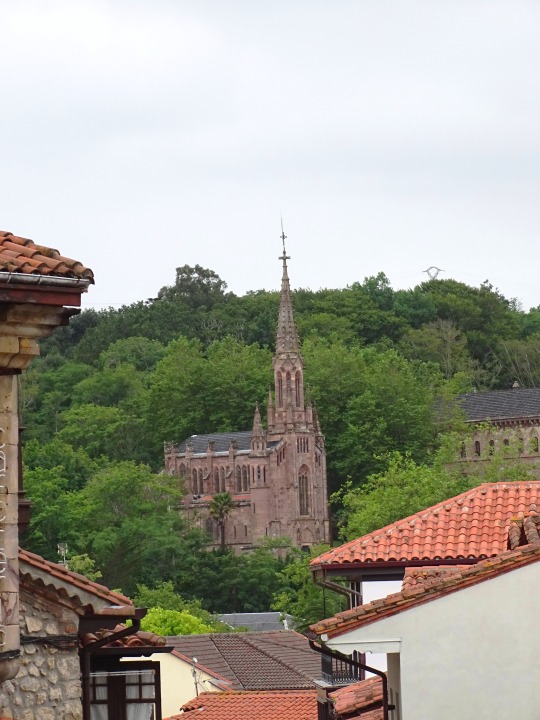
Comillas was the capital of Spain for one day on August 6, 1881.
#Comillas#Cantabria#capital of Spain#one day#6 August 1881#anniversary#Spanish history#architecture#original photography#travel#vacation#cityscape#tourist attraction#Chapel of the Pantheon of Sobrellano#Spain#España#Northern Spain#Southern Europe#Palacio de Sobrellano#Iglesia de San Cristóbal#street scene
30 notes
·
View notes
Photo

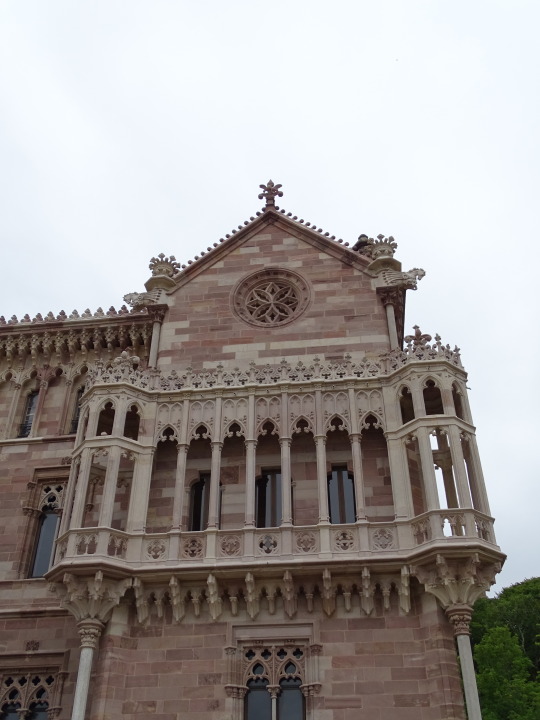




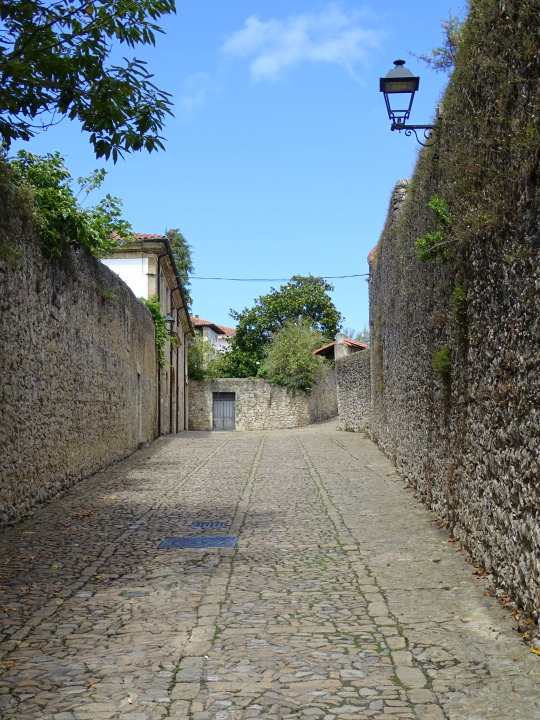
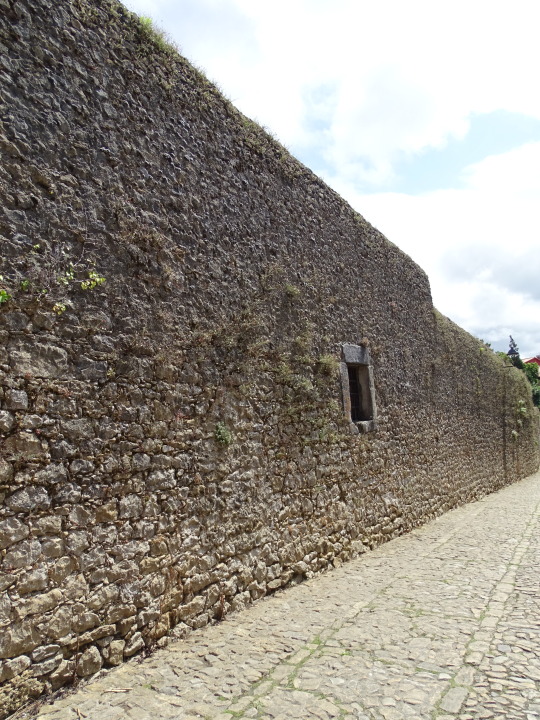
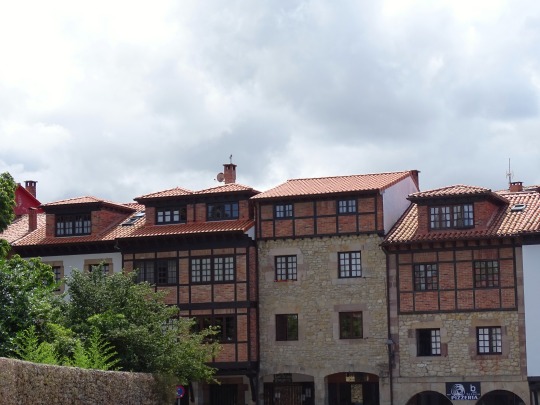
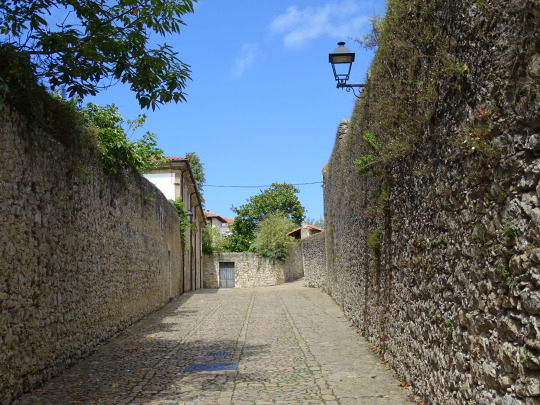
Clouds (No. 683)
Comillas, Spain (six pics)
Santillana del Mar, Spain (four pics)
#Palacio de Sobrellano#Chapel of the Pantheon of Sobrellano#Comillas#Spain#Cantabria#overcast#flora#tree#nature#cityscape#architecture#travel#summer 2021#original photography#tourist attraction#landmark#vacation#clouds#Casco Histórico de Santillana del Mar#Santillana del Mar#cobblestone#old houses
2 notes
·
View notes
Photo










Clouds (No. 682)
Comillas, Spain
#Church of San Cristobal#Comillas#Palacio de Sobrellano#architecture#cityscape#small town#old town#original photography#summer 2021#Spain#tourist attraction#landmark#Cantabria#España#Northern Spain#Southern Europe#Chapel of the Pantheon of Sobrellano#flora#tree#overcast#sky#clouds
0 notes